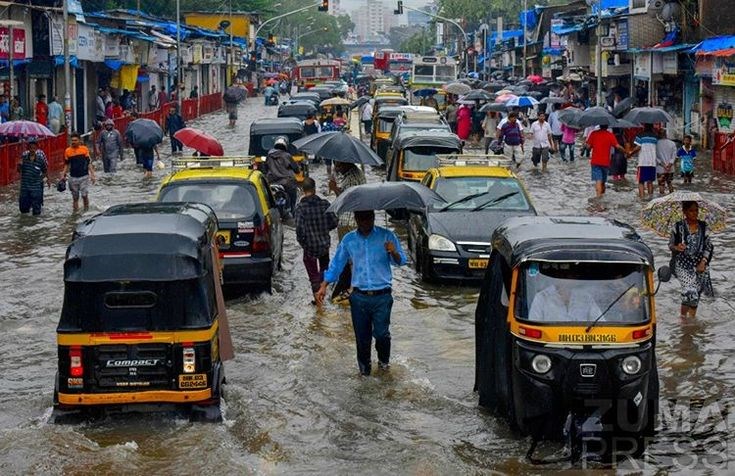
11-Jul-2025 , Updated on 7/11/2025 5:29:29 AM
Monsoons and Cracked Roads: Why Indian Roads Fail Every Rainy Season
Substandard Construction Materials Fail
The Indian roads failing during monsoon is a direct result of substandard construction materials. Poor bitumen does not have the required viscosity and temperature tolerance as it becomes brittle when heated and too soft due to rain resulting in fast cracking. Aggregates and sand which are compromised and tend to have large amounts of silt or organic materials greatly compromise the integrity of the road base in terms of the structure and drainage ability. When this kind of material is used as foundation and surface layers then water finds its way penetrating through its micro-cracks very easily. This seepage washes away the base and the sub grade leading to rapid formation of potholes and structural collapse under the traffic during rain. The existing constant use of these materials on the basis of cost-saving and weak supervision guarantees the constant breakdowns of roads during the season, the neglect of the durability requirements on a systemic level.
Inadequate Drainage Breeds Destruction
Monsoon Road destruction in India is purely because of inadequate drainage. The water that accumulates saturates the road base and subgrade that compromise the soils structure and consequently lower their load-bearing capacity. Such water also intrudes itself into already present cracks in the asphalt due to the hydrostatic pressure. The presence of weak foundations enhanced by pressurized water intrusion contributes to prompt collapse of buildings. As a result, there is severe cracking and bad subsidence of roads with a huge number of potholes. The result is inevitable and should be corrected before the next seasonal rains repeating the same damage cycle with a proper drainage.
Water Infiltration Weakens Road Base
Structural road failures during Indian monsoons are mostly caused by water infiltration. Rain infiltrates surface discontinuities and not well sealed joints in saturating the base and subgrade levels. This congestion completely lowers the capacity of the soil to carry the load thereby liquefying the foundation. The low-quality material is not able to withstand the weight that hits it; hence, deformation, potholes, and collapses occur. Poor design of drainage does not allow effective discharge of water and delays saturation. This leads to the ultimate debilitation of the supporting frame and the direct consequence is the rampant nature of road break-ups that has been observed during the rainy season. This is very important to avoid the infiltration of roads.
Lax Quality Control Invites Damage
Monsoon failures are the direct result of lax quality control in road constructions. Poor compaction forms voids at the subsurface. Porous asphalt is obtained because of insufficient bitumen content and poor aggregates grading. The lack of thickness of layers will cause structural weakening. The result is that monsoon rainwater utilizes such weaknesses by draining into the subgrade and the base. Saturation makes the soil soft, which greatly reduces the capacity of the soil to support weight. The compromised surface is forced to crack up and dam up due to the hydraulic pressure attributable to the traffic and water held up by the weakened foundation. Strict standards must be followed in the process of selection of materials, mixing, compaction, and application of layers in order to make monsoon-resistance roads.
Monsoon Rains Expose Structural Flaws
Monsoon rains exhibit serious flaws in the road infrastructure of India on a regular basis. The cracking-up and crumbling down of the roads every year can be related directly to the flaws in construction. The fundamental weakness lies in substandard materials especially the aggregates including bitumen that is likely to be corroded by water. Poor construction leads to unstable layers because of its inadequate compacting which allows water to infiltrate thus weakening such foundations. Lack of adequate/ poorly maintained drainage leads to water logging that puts a hydrostatic pressure on the road which has the effect of destroying the road surface and the infrastructure underneath it pretty quickly. These institutional weaknesses which are not taken care of during the dry seasons are revealed during the monsoons that signal a cycle of undermined construction and a failure to maintain construction.

Content Writer
Hi, I’m Meet Patel, a B.Com graduate and passionate content writer skilled in crafting engaging, impactful content for blogs, social media, and marketing.
Join Our Newsletter
Subscribe to our newsletter to receive emails about new views posts, releases and updates.
Copyright 2010 - 2025 MindStick Software Pvt. Ltd. All Rights Reserved Privacy Policy | Terms & Conditions | Cookie Policy